It’s funny how the landscape of our neighborhoods shifts over time, isn’t it? Places that once thrummed with activity and held a special kind of local charm can slowly lose their vibrancy, often without us even realizing it until we pause to think about it. These weren’t just buildings; they were the backdrops to our everyday lives, the settings for chance encounters and shared community experiences. Let’s take a little stroll down memory lane and revisit some of those spots that used to feel so alive, but now carry a different, often quieter, air.
1. The Corner Video Rental Store
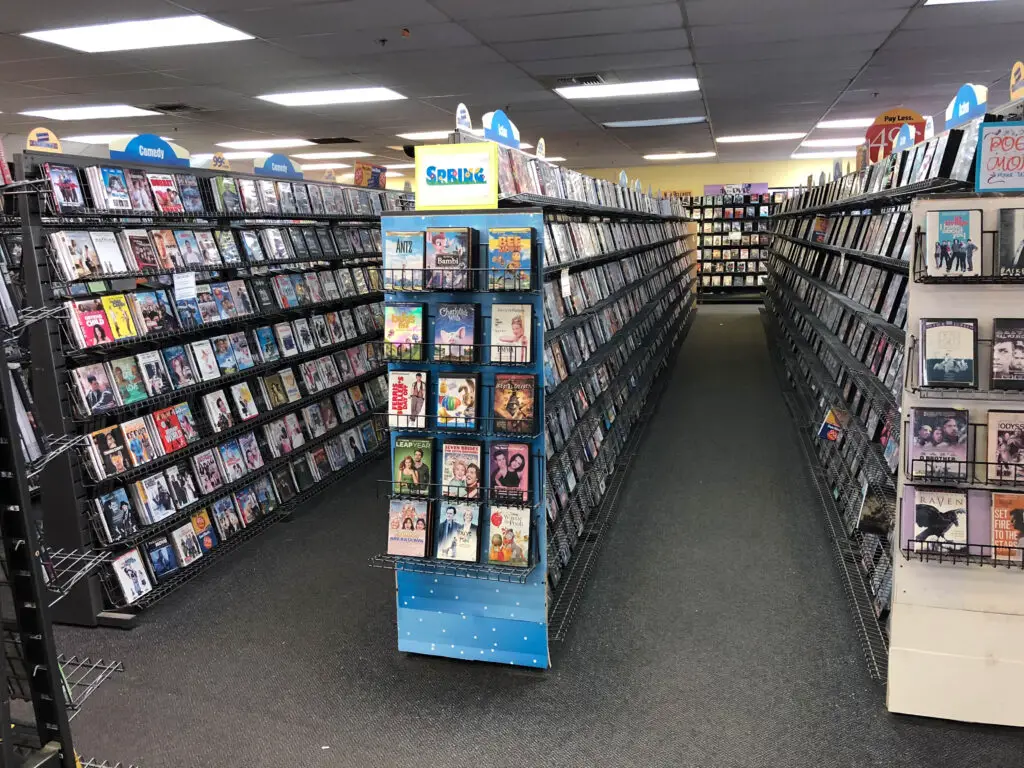
Remember the Friday night ritual of heading down to the local video store? According to data from the Digital Entertainment Group, physical home video sales and rentals have declined significantly since the rise of digital streaming. Browsing the aisles, the slightly worn covers of VHS tapes or DVDs in your hands, and maybe even getting a recommendation from the person behind the counter felt like a mini-adventure. It was a tangible experience, a shared community space for movie lovers, that’s largely been replaced by the solitary act of scrolling through endless digital libraries.
The anticipation of bringing home a new release or rediscovering an old favorite was part of the fun. You might bump into neighbors, discuss movies with the staff, and feel a real connection to this local hub of entertainment. Now, streaming offers convenience, but it lacks that serendipitous discovery and the sense of community that the corner video store once provided. It’s a quiet reminder of a time when entertainment felt more tangible and communal.
2. The Independent Bookstore
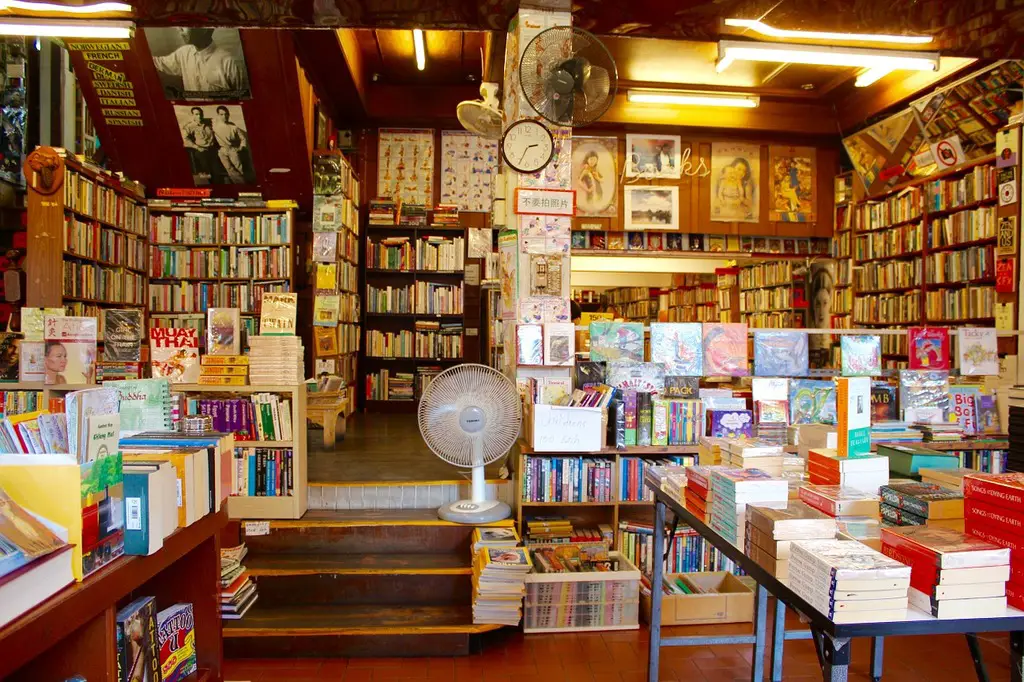
There was a certain magic in wandering through the quiet aisles of an independent bookstore. As the American Booksellers Association has noted, the number of independent bookstores saw a decline in the late 20th and early 21st centuries due to competition from large chains and online retailers. These weren’t just places to buy books; they were often community hubs hosting author readings, book clubs, and providing a haven for literary enthusiasts to connect. The scent of paper and ink, the recommendations from passionate booksellers, and the discovery of unexpected literary treasures created a unique atmosphere.
These bookstores often fostered a sense of community, a place where you could linger, discuss ideas, and feel connected to other readers. The knowledgeable staff could guide you to your next favorite read, and the cozy ambiance made it a welcoming space. While some independent bookstores have persevered and even seen a resurgence, many neighborhoods have lost these cherished cultural corners, leaving a quieter space where lively literary discussions once thrived.
3. The Local Record Store
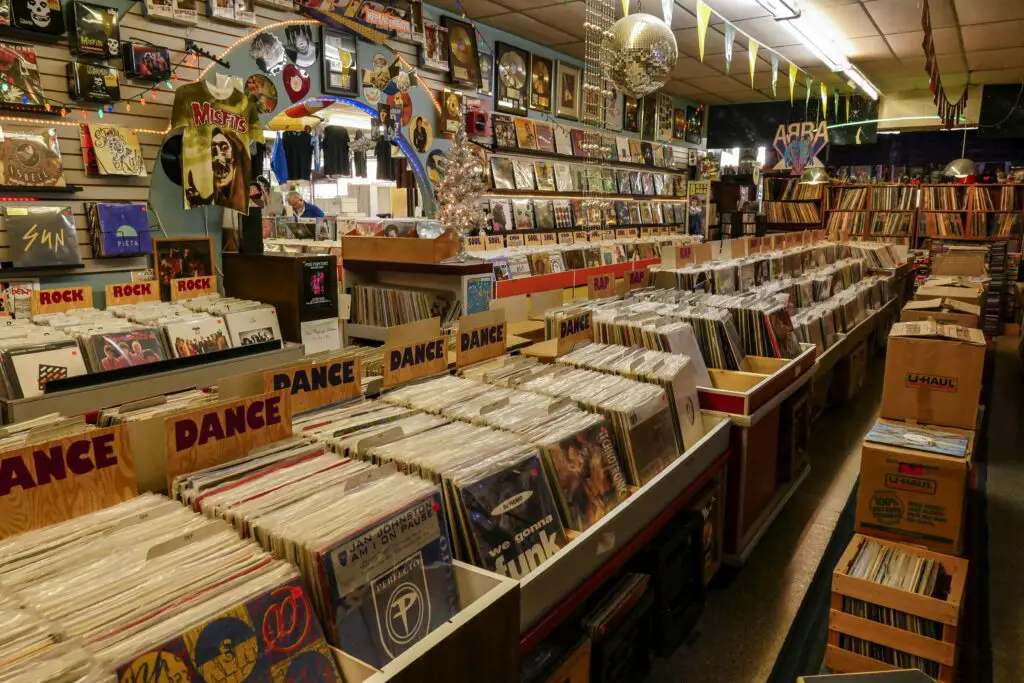
For music aficionados, the local record store was a treasure trove. As reported by the Recording Industry Association of America (RIAA), physical music sales, including vinyl, experienced a significant decline in the digital age before a recent resurgence in vinyl’s popularity. Flipping through vinyl albums, discovering new artists based on intriguing cover art, and engaging in conversations with fellow music lovers created a unique and vibrant experience. The passionate staff often had deep knowledge and were eager to share their musical discoveries.
These stores were more than just retail spaces; they were cultural hubs where you could connect with like-minded individuals, attend in-store performances, and feel the tangible connection to the music you loved. The act of carefully selecting a record, admiring the artwork, and dropping the needle was a ritualistic experience. While vinyl has made a comeback, the widespread presence and bustling energy of the local record store from its heyday often feel like a quieter memory in many neighborhoods.
4. The Mom-and-Pop Diner
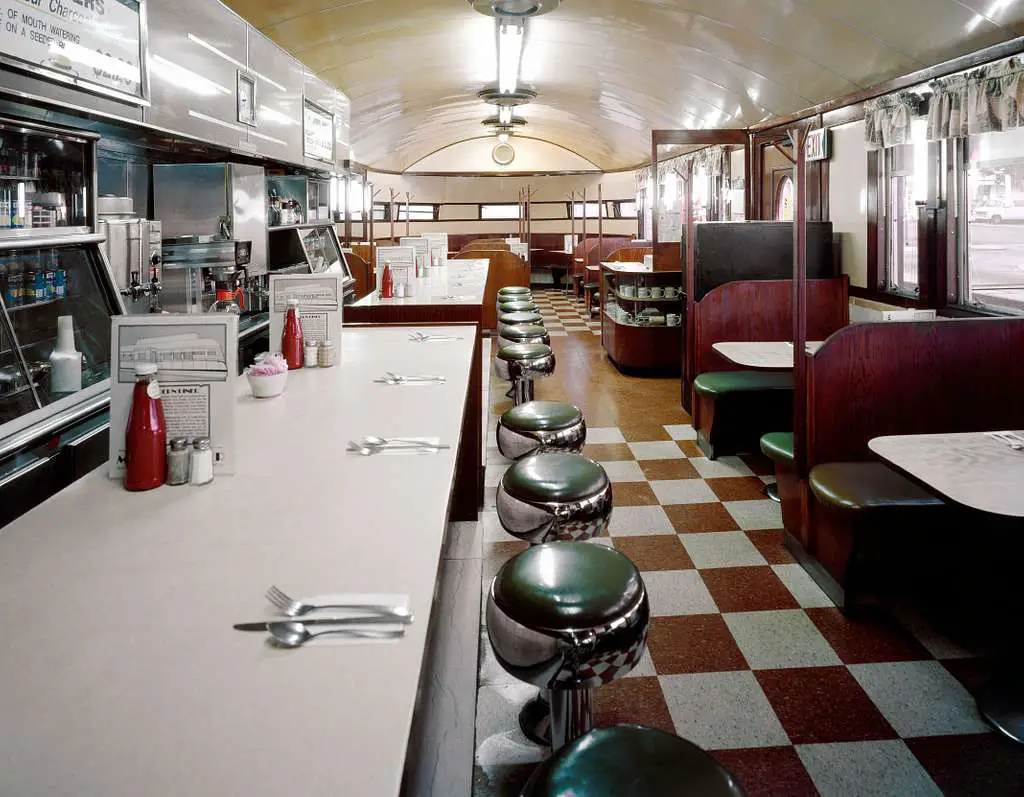
These unpretentious eateries, often with their well-worn booths and comforting menus, were neighborhood institutions. According to the Food Institute, the restaurant industry has seen a rise in chain establishments and fast-casual dining, sometimes at the expense of smaller, independent diners. They were places for a quick breakfast, a hearty lunch, or a late-night bite, often serving as informal community meeting spots. You’d see the same faces day after day, and the staff knew your order by heart.
There was a real sense of familiarity and comfort in these diners. They were places where you could catch up on local gossip, celebrate small victories, or just enjoy a no-fuss meal in a welcoming atmosphere. Sadly, many have been replaced by chain restaurants or other types of businesses, losing that unique local flavor and the familiar faces that made them feel like an extension of our own living rooms.
5. The Neighborhood Arcade

Remember the flashing lights and the cacophony of digital sounds spilling out onto the street? The local arcade was the place to be for kids and teens looking for some high-energy fun. It was a social hub where friendships were forged over high scores and the thrill of competition. The air would be thick with excitement as quarters clinked and joysticks were furiously maneuvered.
With the rise of home consoles and online gaming, the magnetic pull of the neighborhood arcade has significantly diminished. While some specialty arcades still exist, the casual, drop-in spot where you could spend an afternoon with friends has largely faded away. The sense of shared physical space and the immediate, face-to-face competition have been replaced by more solitary or virtual gaming experiences.
6. The Town Barber Shop/Hair Salon
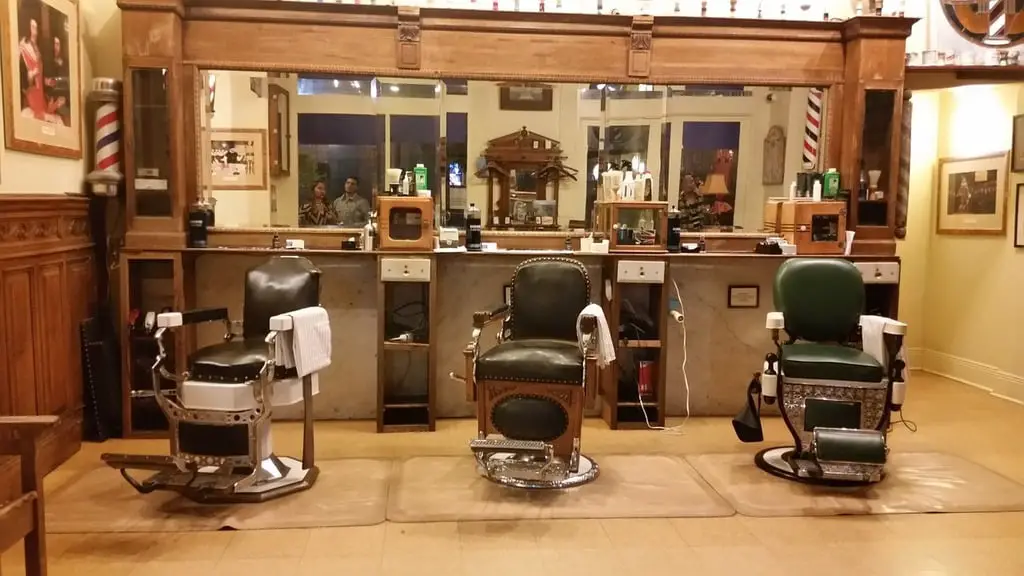
While barber shops and hair salons are still around, the feeling of some has definitely changed. They used to be more than just places to get a haircut; they were often hubs for local gossip and community news. You’d hear stories about what was happening around town, and everyone seemed to know each other. There was a real sense of camaraderie and connection.
Now, some salons can feel more transactional, focused solely on the service provided. The friendly banter and the feeling of being part of a close-knit community might not be as prevalent as they once were. It’s a subtle shift, but it can make these places feel a little less like the lively neighborhood touchstones they used to be.
7. The Old Hardware Store
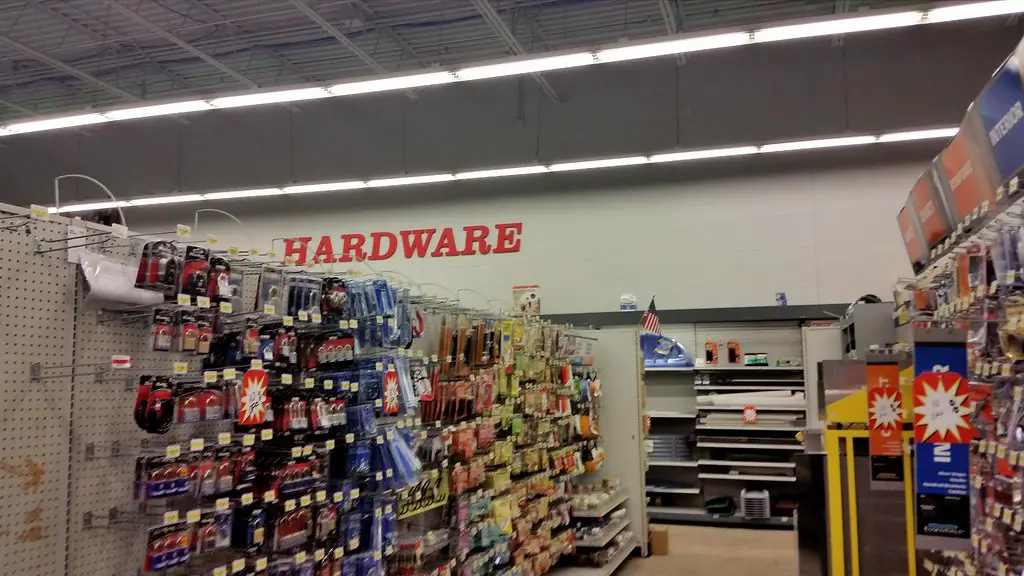
These stores, with their creaky wooden floors and the overwhelming but comforting smell of sawdust and metal, were invaluable resources. The owners usually knew exactly where everything was and could offer expert advice on any home repair. They felt like a step back in time, filled with practical tools and the wisdom of experience.
Many of these independent hardware stores have been replaced by big-box chains that offer a wider selection but often lack that personal touch and specialized knowledge. You might wander the aisles searching for help, missing the days when the owner knew your name and could guide you directly to what you needed. It’s a quieter, less personal experience now.
8. The Community Movie Theater
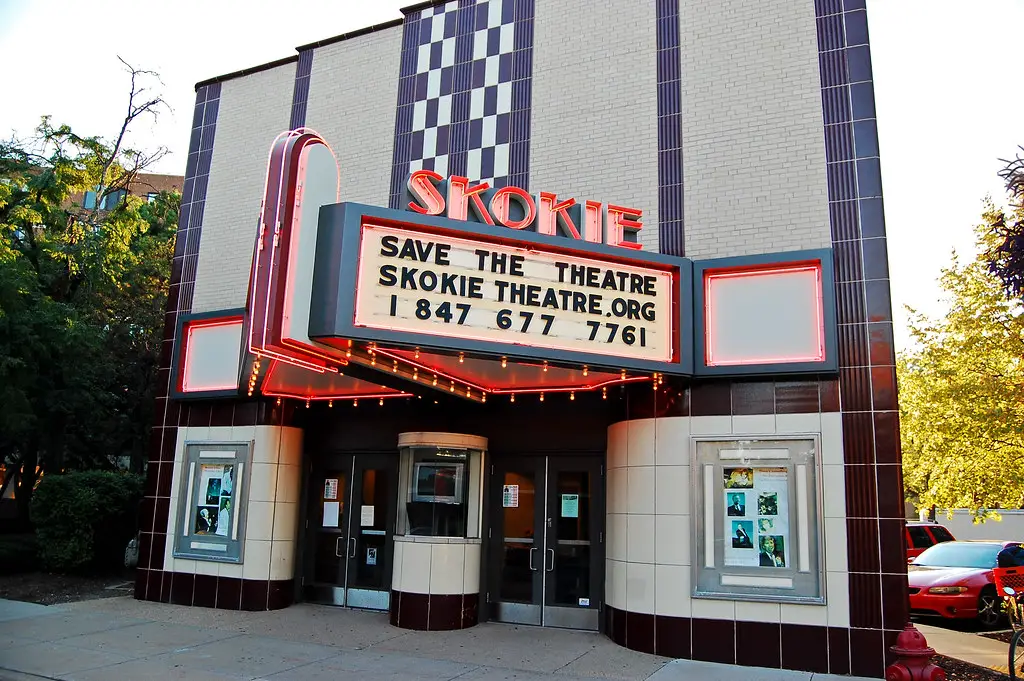
Before the era of megaplexes with stadium seating and a dozen screens, the local movie theater often had a single screen (maybe two!). It was a place for first dates, family outings, and escaping into another world together as a community. There was a shared experience in watching the same film at the same time in that familiar space.
While some charming older theaters have been preserved, many have been replaced or repurposed. The sense of a shared community event, all experiencing the same story together in that specific local venue, feels a little lost in the vastness of modern multiplexes. It was a more intimate and communal way to enjoy a film.
9. The Bowling Alley
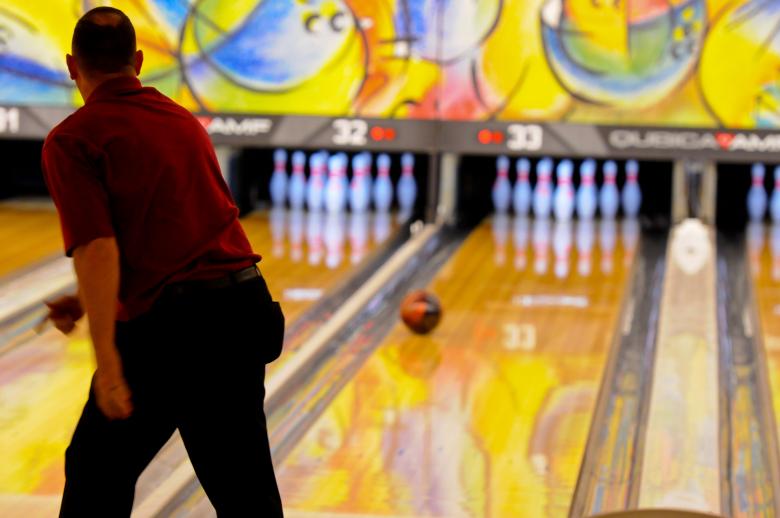
The sound of rolling balls and crashing pins used to be a familiar soundtrack in many neighborhoods. Bowling alleys were vibrant social hubs, hosting leagues, birthday parties, and casual get-togethers. They were places where people of all ages could come together for some friendly competition and fun.
While bowling alleys still exist, they might not hold the same central social role they once did. Perhaps there are more entertainment options vying for our attention now. The spontaneous gatherings and the strong sense of local league camaraderie might feel a little less prominent in some areas.
10. The Local Bakery
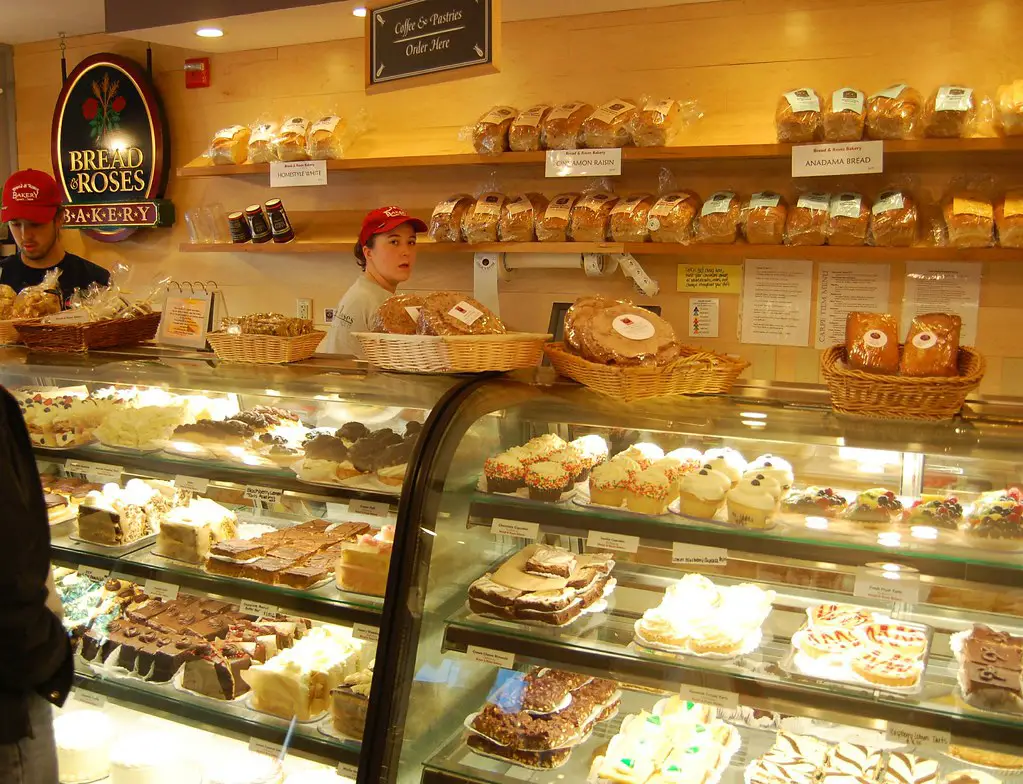
The aroma of fresh bread and pastries wafting down the street was a delightful marker of a thriving neighborhood. The local bakery was the place to grab a morning treat, a special occasion cake, or just a delicious loaf of bread, often served with a friendly smile and a quick chat. It was a sensory experience that contributed to the neighborhood’s character.
While artisanal bakeries are making a comeback in some areas, the traditional, everyday neighborhood bakery where you knew the bakers and they knew your favorite pastry can feel like a fading memory in others. The convenience of supermarkets might have replaced some of that local charm and the personal connection to the people who made our daily bread.
11. The Public Library (Pre-Internet)
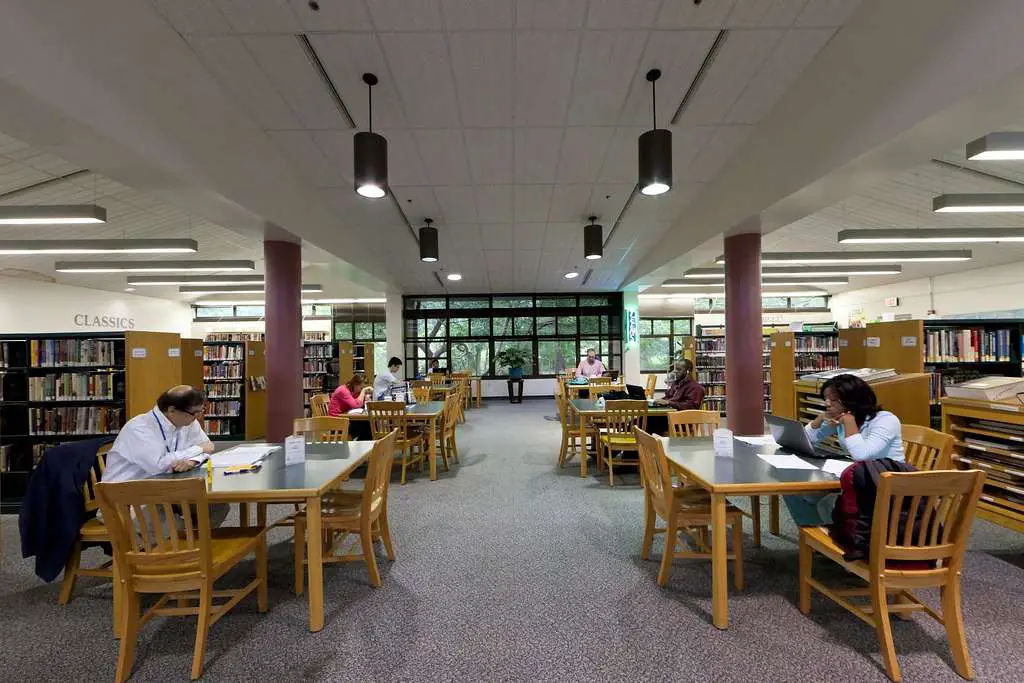
While libraries are still vital community resources, the pre-internet library had a different kind of energy. It was often the primary place for research, accessing information, and quiet contemplation. The hushed reverence and the tangible act of searching through card catalogs created a unique atmosphere of focused learning and discovery.
The digital age has brought incredible access to information, but it has also changed the way we interact with libraries. While they now offer computers and internet access, the quiet hum of focused research and the shared experience of physically browsing shelves for knowledge might feel a little less palpable than it once did.
12. The Neighborhood Park (Always Busy)
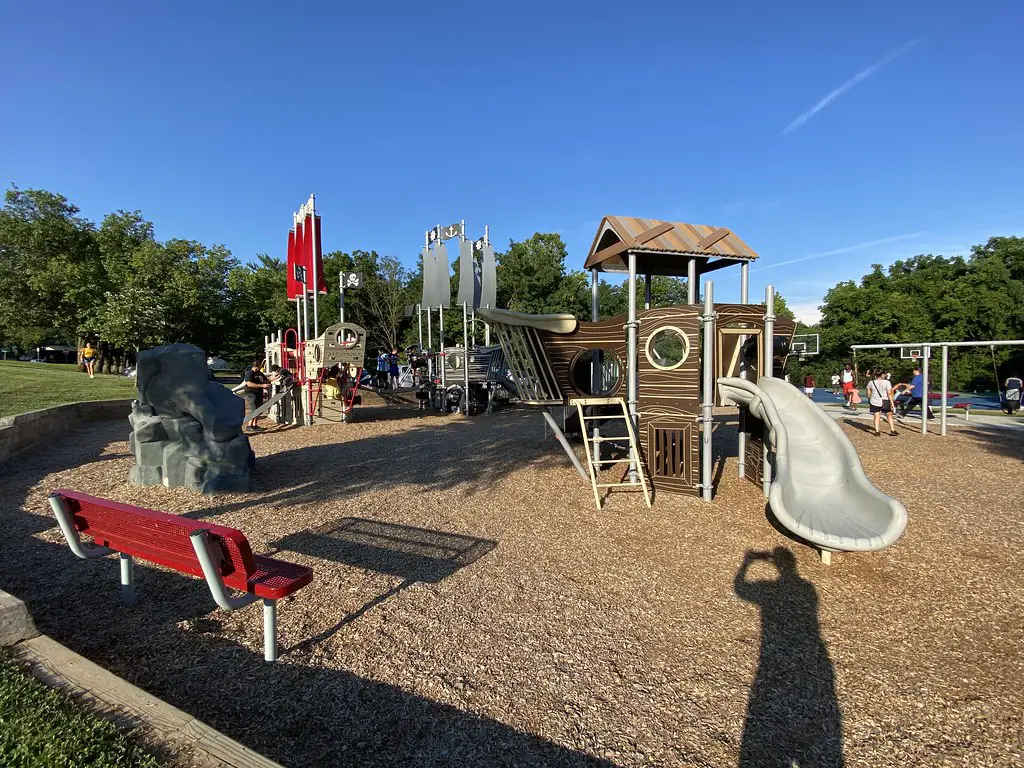
While parks are still green spaces in our communities, the way they’re used might have shifted. Perhaps they used to be teeming with kids playing pick-up games, families picnicking, and neighbors chatting on benches. There was a spontaneous energy and a constant flow of people connecting in these shared outdoor spaces.
Increased screen time and changing social habits might mean these once bustling green spaces feel a little less spontaneously lively at certain times. While organized sports and events still draw crowds, the simple, everyday interactions and the constant presence of neighbors might feel a bit more subdued than in the past.
